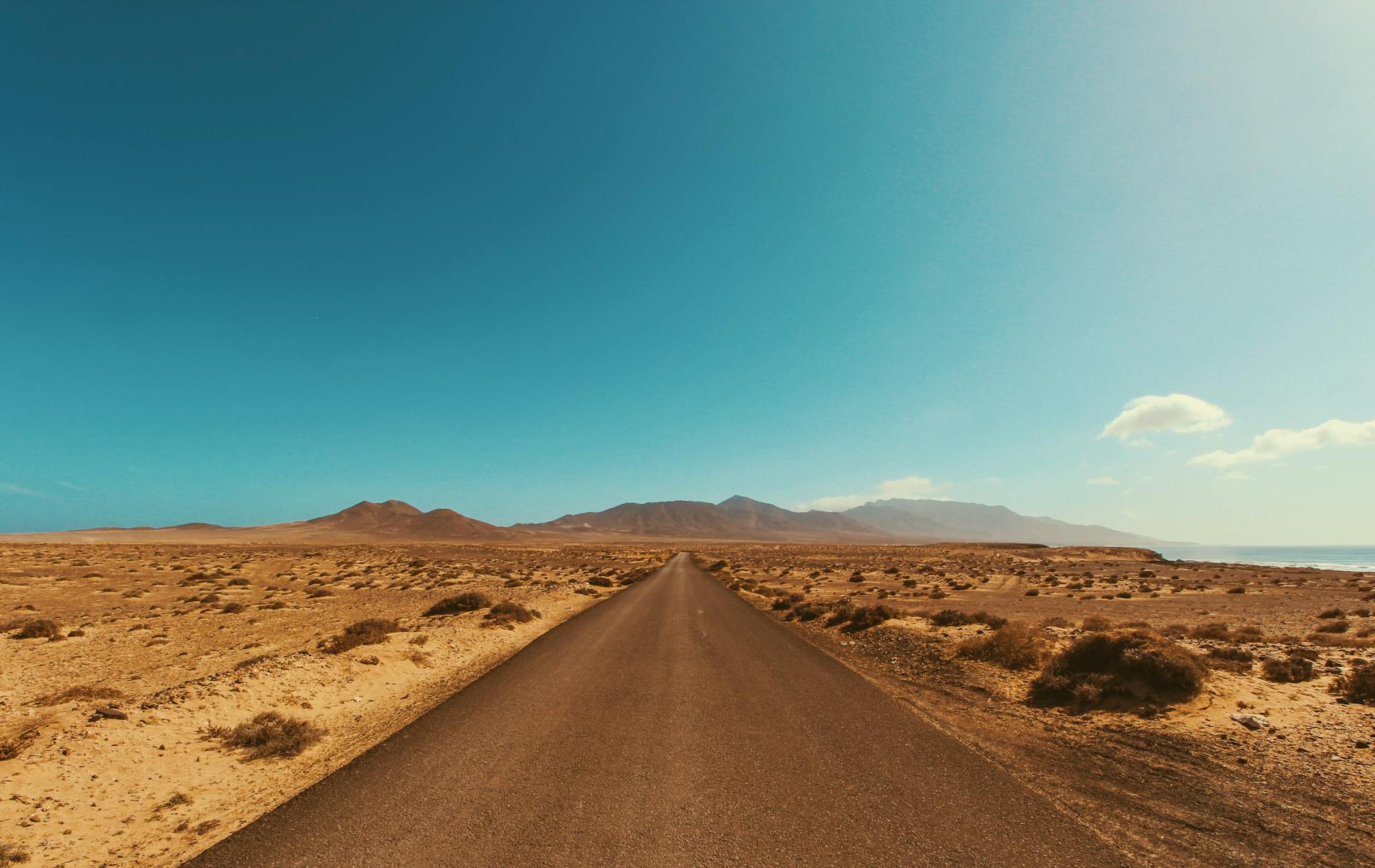Why Australia is a Model for Balancing Tourism and Environmental Conservation

Australia’s Unique Ecosystems
Australia is home to some of the world's most diverse ecosystems, akin to those seen in South America tours. With landscapes ranging from arid deserts to lush rainforests, our country nurtures an incredible array of biodiversity. The Royal Botanic Gardens of Melbourne serve as a local testament to this ecological richness, offering visitors a glimpse into the unique plant species endemic to Australia.
Diverse Habitats
Australia's distinct habitats are the foundation for its diverse wildlife. From the expansive outback to coastal rainforests, each environment supports a niche array of flora and fauna. The interaction between these habitats and species creates a tapestry of life that is both captivating and fragile, akin to the ecosystems encountered on Galapagos tours. Within these settings, you'll find specialised species that have adapted uniquely to their environments.
Endemic Species
The country's isolation has led to an abundance of endemic species found nowhere else on Earth. Icons like the kangaroo and koala represent just a fraction of this biodiversity. However, numerous lesser-known animals, such as the platypus and quokka, also contribute to Australia's unique ecological identity. Efforts to protect these species are comparable to conservation strategies employed in South American tours.
Protected Areas
Protected areas play a crucial role in preserving Australia's ecosystems. National parks and reserves, such as those near the Dandenong Ranges National Park, are sanctuaries for biodiversity, providing refuge for countless species. These areas are not only vital for conservation but also offer insights into sustainable land management practices that can inform global conservation efforts.
Tourism's Impact on Nature
Visitor Management Strategies
When considering Galapagos Islands tours, managing visitor impact on fragile ecosystems requires meticulous planning. In areas like the Royal Botanic Gardens of Melbourne, strategies are implemented to protect biodiversity while accommodating tourists. One approach is the limitation of the number of visitors allowed during peak seasons, ensuring that human foot traffic doesn't compromise local flora and fauna. This is crucial for maintaining ecological balance and supporting ongoing conservation efforts.
Eco-Friendly Policies
Eco-friendly policies play a pivotal role in sustainable tourism. Implementing measures such as waste reduction and energy efficiency can significantly lower environmental impact. In Melbourne, the municipal push for green initiatives mirrors efforts seen globally. For instance, many Central America tours incorporate eco-lodges using solar power, offering an experience that's not just environmentally responsible but also enriching for visitors.
Preservation Challenges
While promoting sustainable tourism, challenges persist, especially in areas with unique wildlife like Namibia safari tours. The dual need to preserve habitats and enrich the local economy can create conflicting priorities. Addressing these issues requires collaboration between local communities, governments, and conservationists. In fact, engaging local stakeholders has proved effective in the Dandenong Ranges National Park, enhancing the efficacy of preservation efforts without compromising tourism appeal.
This approach ensures a harmonious balance between tourism and conservation, aligning with high-level conservation goals and reflecting the broader commitment to preserving our planet’s most treasured natural sites.
Successful Conservation Initiatives
Community Involvement
Here in Australia, community involvement plays a crucial role in the success of conservation initiatives. Living near the Dandenong Ranges National Park, I've observed how local groups champion biodiversity projects to ensure the park's unique species and habitats are preserved. Participating in conservation doesn't merely involve attending meetings but engages residents in activities such as habitat restoration and wildlife monitoring. This grassroots engagement instills a profound sense of ownership and responsibility among communities, which is essential for sustainable outcomes. Additionally, these initiatives create opportunities for education and advocacy, drawing in young professionals eager to make a difference.
Government Support
Government support has been a cornerstone of successful conservation efforts in our region. Policies aimed at protecting endangered species and ecosystems, supported by funding and legislative backing, enable long-term environmental stewardship. For instance, government-backed projects in South America or a zimbabwe safari underscore the need for authoritative intervention to safeguard biodiversity hotspots. Through strategic planning and allocation of resources, governments can extend their reach, prioritizing areas that require urgent attention, such as battling invasive species or restoring degraded lands.
Innovative Approaches
Innovation is at the heart of addressing today's conservation challenges. Incorporating technology, such as drone surveillance and AI-driven monitoring systems, provides accurate data to guide conservation efforts. These tools not only enhance our understanding of complex ecosystems but also enable rapid response to environmental threats. Pioneering strategies born out of these innovations can serve as blueprints for global conservation policies. With the successes seen in south america travel initiatives, it’s evident that collaboration between technology firms and conservationists leads to remarkable progress.
Collaborative Models
In the quest for sustainable travel and wildlife conservation, collaborative models stand out as a critical strategy. Australia, known for pioneering these models, offers invaluable insights for other nations. Inspired by its efforts, countries can consider developing partnerships between local communities, government bodies, and conservation organisations. These collaborations aim to create comprehensive plans that address both environmental preservation and economic development, fostering resilience in rapidly changing ecosystems.
For instance, community engagement within local tourism initiatives can be crucial. Encouraging participation ensures that local populations benefit from tourism and remain committed to conservation efforts. Drawing from my experience in wildlife filmmaking, involving indigenous perspectives and knowledge often results in more authentic narratives and responsible African safari tours.
Another essential element is cross-border co-operation. Many ecosystems stretch across political boundaries, requiring transnational agreements to manage resources and protect biodiversity effectively. As seen in successful biodiversity projects in the Dandenong Ranges National Park, pooling resources and knowledge can lead to innovations that safeguard these critical areas.
Private-public partnerships can leverage funding and expertise, facilitating projects that might be too ambitious for a single entity. Initiatives like these echo the integrated approach championed at environmental exhibitions in the Melbourne Museum, demonstrating how diverse expertise can coalesce to preserve threatened habitats. Using models like Australia’s can serve as a blueprint, helping other regions develop Central American tours that not only respect but enhance their natural environments.
Addressing the Challenges
Balancing Development with Preservation
Balancing growth and conservation demands strategic insight. Young professionals like us, who revel in the natural beauty of Australia, understand the need to safeguard places like the Royal Botanic Gardens of Melbourne. As we navigate these spaces, it is essential to champion approaches that promote sustainable tourism while conserving vital ecosystems. By advocating for renewable energy technologies and sustainable infrastructure in tourist-heavy areas, we can ensure that development does not encroach on our ecological treasures. Collaborating with local communities is crucial to tailor solutions that respect cultural and environmental values.
Mitigating Climate Change Threats
Climate change poses a formidable challenge to our biodiversity, especially in vulnerable locales such as the lush landscape of the Dandenong Ranges National Park. To mitigate its effects, comprehensive data collection is fundamental. Engaging in environmental exhibitions at the Melbourne Museum can provide valuable insights into green innovations that combat climate change impacts. Investing in carbon offset programs, restoring native vegetation, and embracing climate-resilient agricultural practices are indispensable to safeguarding Australia’s stunning yet fragile habitats.
Tackling Resource Limitations
Resource limitations often impede conservation efforts. It's crucial to optimise budget allocations for conservation projects and enhance partnerships across public and private sectors. By integrating technology and mobilising resources, we can support meaningful advancements in biodiversity projects. Encouraging the use of native flora in urban landscapes not only conserves water but also promotes local biodiversity. Leveraging our expertise, we can stand as stewards of the environment, ensuring that resource constraints do not hinder our commitment to a sustainable, thriving planet.


